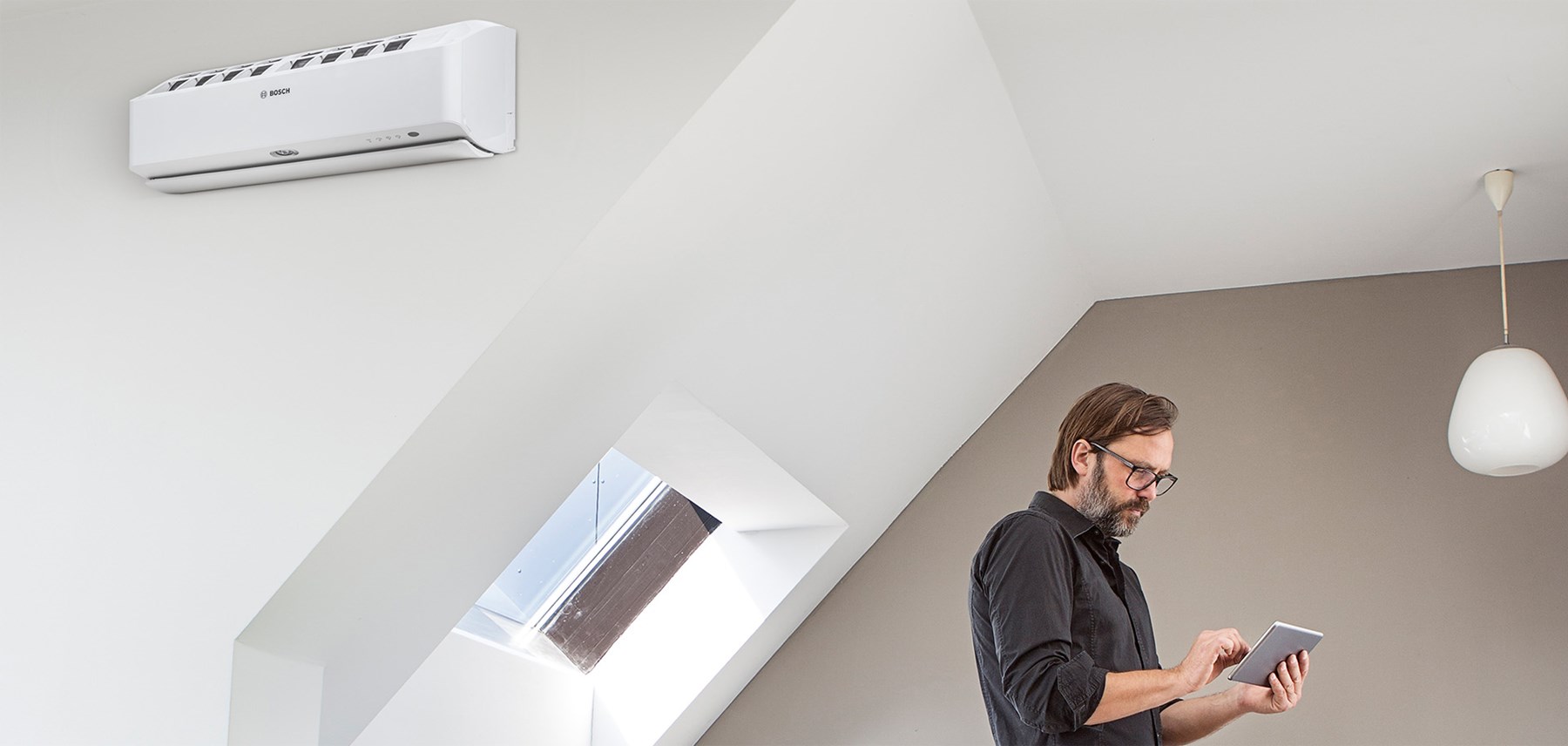Understanding the Different Components of an Air Source Heat Pump System
An inverter Air source heat pump (Luftvärmepump) is a type of heating and cooling system that uses a variable-speed compressor for efficient temperature control. It offers many advantages over traditional systems, such as reduced energy consumption, improved comfort levels, and fewer maintenance requirements. Let’s take a look at what makes an inverter Air Source Heat Pump so beneficial.
Energy Efficiency
Inverter Air Source Heat Pumps are designed to operate more efficiently than traditional systems by using variable-speed compressors. Traditional systems run at full capacity whenever they are turned on, regardless of how much heating or cooling is actually needed in the room. On the other hand, inverter Air Source Heat Pumps can adjust their speed depending on how much heating or cooling is required in the room. This allows them to use less energy while still providing the same level of comfort. As a result, they can save consumers money on their energy bills compared to traditional systems.
Improved Comfort Levels
In addition to being more energy efficient, inverter Air Source Heat Pumps also provide improved comfort levels compared to traditional systems. The variable-speed compressor allows it to maintain a consistent temperature throughout your home or office space without any fluctuations caused by having the system running at full capacity all the time. This means you'll be able to enjoy optimal comfort levels even during extreme weather conditions when temperatures fluctuate significantly from day to day.

Fewer Maintenance Requirements
Another advantage of an inverter Air Source Heat Pump is that it requires less maintenance than traditional systems due to its simpler design and fewer moving parts. Traditional systems need regular maintenance and repairs due to wear-and-tear caused by their constant operation at full capacity. On the other hand, because an inverter Air Source Heat Pump operates more efficiently and at a lower speed most of the time, it doesn't experience as much wear-and-tear and therefore requires fewer repairs and maintenance services over its lifetime compared to traditional models.
Check for Leaks
Once your system is installed, it’s important to check for leaks in all of the joints and connections. This includes checking pipes and hoses for signs of wear or damage, as well as inspecting seals around windows and doors where air might be escaping from inside your home. If left unchecked, these leaks can cause significant energy loss over time which could cost you more money in the long run.
Check Vents Regularly
Once everything has been installed correctly and checked for leaks, it’s important to regularly check vents throughout your home for signs of blockage or dirt buildup which can reduce airflow from your Air Source Heat Pump into different rooms within your house. Regular maintenance such as cleaning filters will also help keep everything running smoothly so that you can enjoy optimal comfort levels year-round without worrying about potential issues arising from dirty vents or filters blocking airflow into certain areas of your home.
All in all, inverter Air Source Heat Pumps offer many benefits over traditional heating and cooling systems thanks to their energy efficiency, improved comfort levels, and reduced maintenance requirements. If you're looking for a way to improve your home's HVAC system while saving money on your monthly energy bills in the process, then investing in an inverter Air Source Heat Pump might be just what you need!
